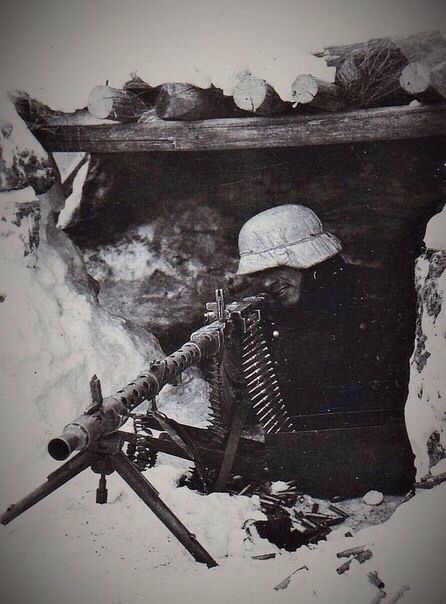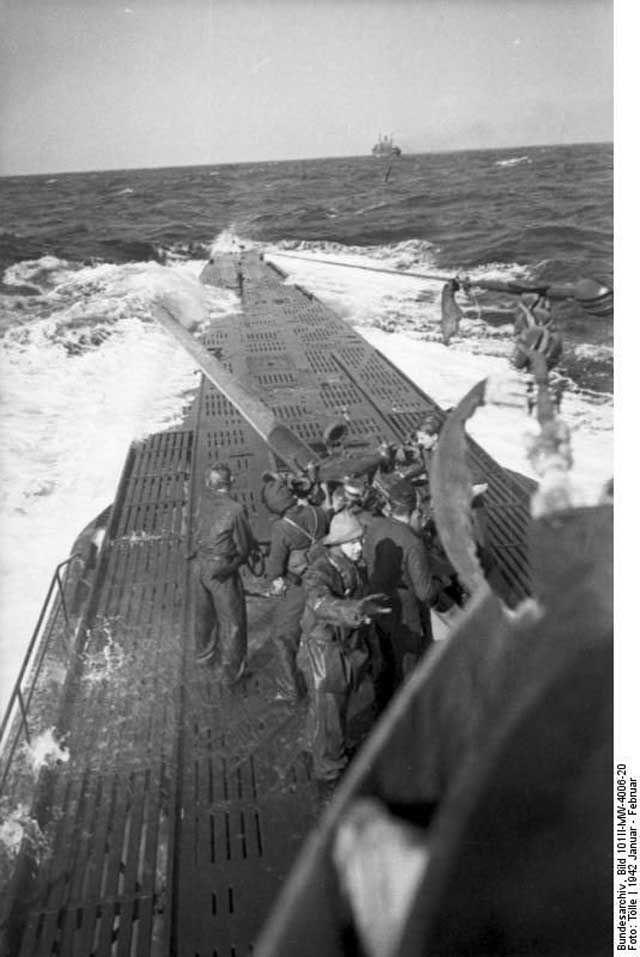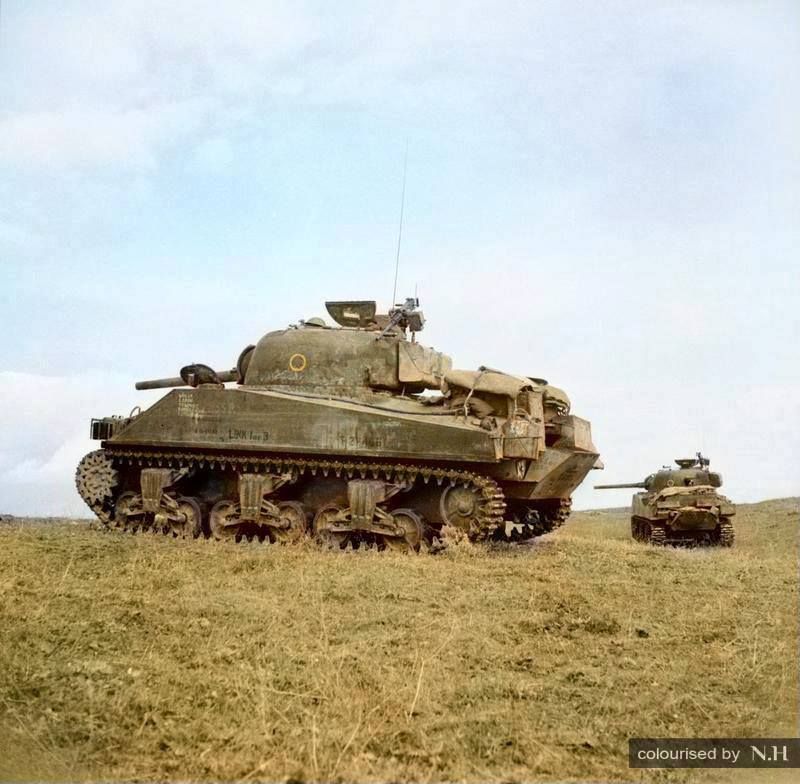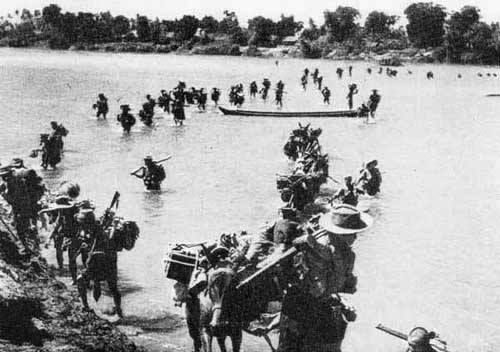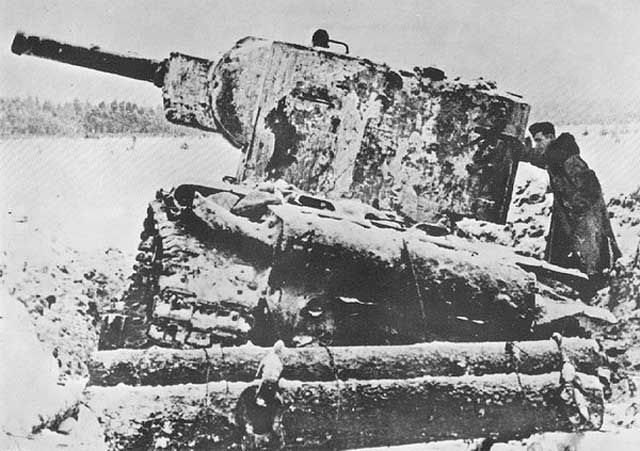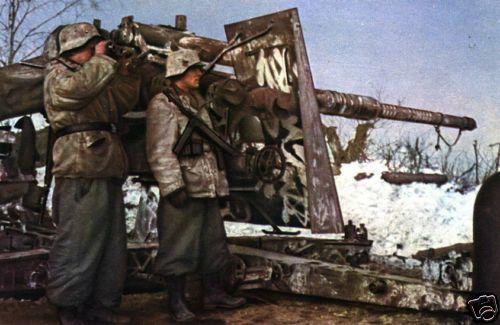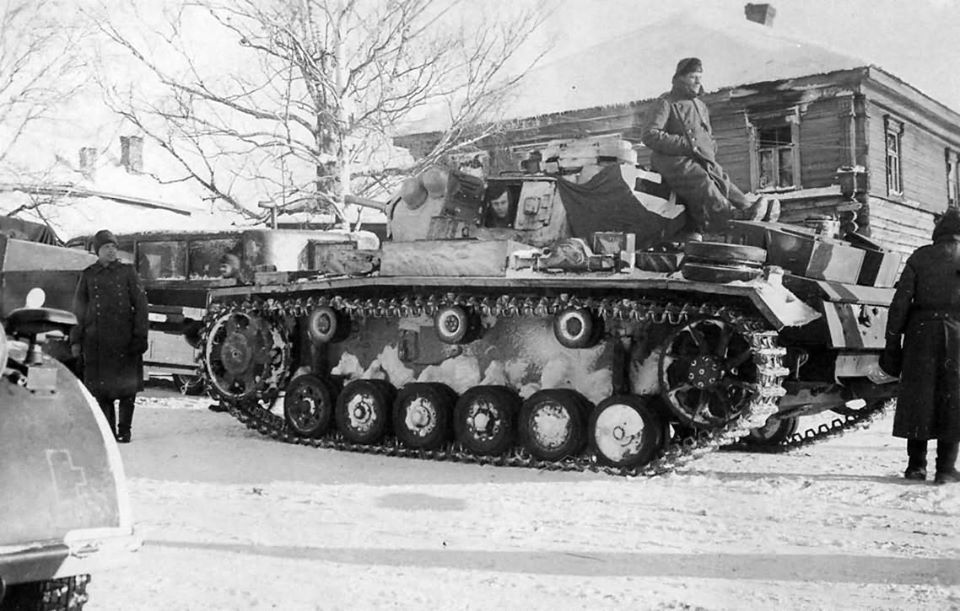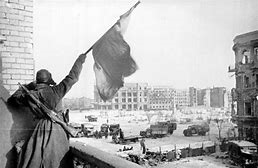January 31, 1942. Eastern Front
The weather on the Eastern Front on 31 January 1942 is horrible, with snowstorms that close roads throughout the sector. However, some German and Soviet formations have remained on the move through the worst of it, or at least some key elements have. The Soviets are trying to encircle German formations tied to strongpoints along their old front lines both by the weather and Hitler’s firm orders to stand fast. The German-held towns are easy to encircle, but at least they provide some shelter from the blizzards. Elsewhere, the Wehrmacht is simply trying to block the worst of the Red Army advances while allowing them to occupy empty space. These conflicting strategies come into play today when the irresistible force of the Red Army is met by the immovable object of the German Army.
In the German Army Group South (von Kleist) sector, the Soviet 57th and 9th Armies and some cavalry corps have moved behind the front line of the German 17th Army (General Hoth). Hoth is holding the line in the centre of the Army Group South sector, with Sixth Army to his north and First Panzer Army to his south and down to the Sea of Azov. The Soviet breakthrough has taken place in the northern part of Hoth’s line, and the Red Army is trying to use two cavalry corps (I and V) to head south to the coast. This would effectively encircle two German Armies and blow a huge hole in the front.
However, Hoth’s men have found a copy of the Soviet plan on a dead Red Army officer. Thus, they know that the Soviet cavalry is heading for the coast. There’s only one problem, and that is the complete absence of any Wehrmacht troops to block them. Kleist thus has ordered the “Von Mackensen” Group, a mixed force under the command of General von Mackensen (commander of III Corps) that is composed of the 14th Panzer Division, 100th Light Division, and Panzer Detachment 60, to intercept the fast Soviet cavalry. The fate of Army Group South rests on von Mackensen getting into position to block the Soviet advance before the Red Army cavalry opens a road for the two following Soviet armies. For three days, the Mackensen Group struggles through the bitter landscape.
Today, the issue is decided. Using any means available in blinding snowstorms, von Mackensen’s Group arrives just in time to block the road south before the Soviet cavalry can get through. Fortunately for the Germans, the Soviet tanks have fallen behind in the horrible conditions, leaving more vulnerable Red Army cavalry units unsupported in the lead. The most mobile elements of the von Mackensen Group, Panzer Detachment 60 and 14th Panzer Division attack the leading Soviet elements about forty miles south of Barvenkovo. The Red Army tanks have lagged behind on the poor roads, so the German tank forces defeat the Soviet troops on their horses and send them reeling. This leads to an extended battle in zero-degree weather, with both sides gradually feeding in reinforcements but the Germans always holding the advantage because they only have to hold the ground, not take new ground in the Arctic like conditions.
Source: worldwartwodaily 
